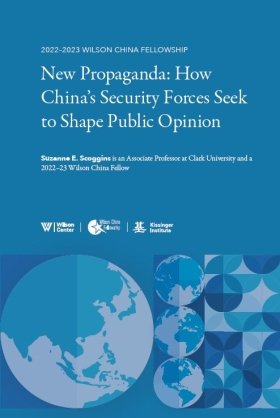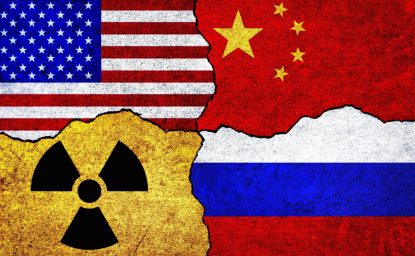New Propaganda: How China’s Security Forces Seek to Shape Public Opinion


For over a decade, Chinese security forces have invested in new forms of propaganda. From television to social media, the state’s efforts are widespread and well-funded. But in no area have new propaganda efforts been more prolific—or entertaining—than on Douyin, the popular short video sharing app known as TikTok to the rest of the world. Why expend valuable and in many cases limited resources when the ability of propaganda to persuade domestic audiences is limited at best? I argue that new types of propaganda on Douyin are more integrated and persuasive than traditional propaganda, making them a powerful, though not unlimited, tool for communication with the public. To understand the scope and response to new security propaganda, this report typologizes propaganda efforts and uses text analysis to analyze public comments to videos posted on key accounts, providing insight into how new propaganda is created and received. The results show that propaganda is largely focused on traditional goals of demonstrating state strength as well as newer and more sophisticated efforts to educate the public and present positive images of police and military officers. Importantly, state-produced propaganda is inwardly focused on China and Chinese interests.
Author

Associate Professor of Political Science and Director of Asian Studies, Clark University

Kissinger Institute on China and the United States
The Kissinger Institute works to ensure that China policy serves American long-term interests and is founded in understanding of historical and cultural factors in bilateral relations and in accurate assessment of the aspirations of China’s government and people. Read more

Explore More
Browse Insights & Analysis
US Inaction Is Ceding the Global Nuclear Market to China and Russia

360° View of How Southeast Asia Can Attract More FDI in Chips and AI

